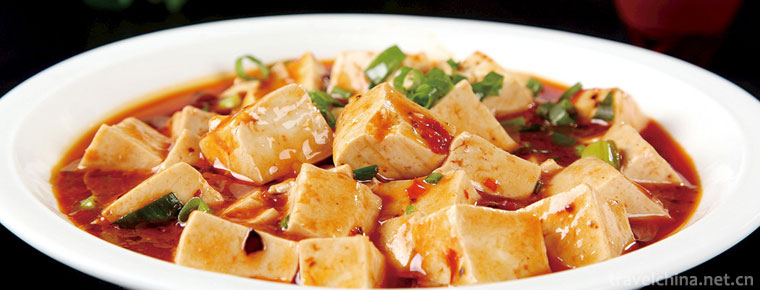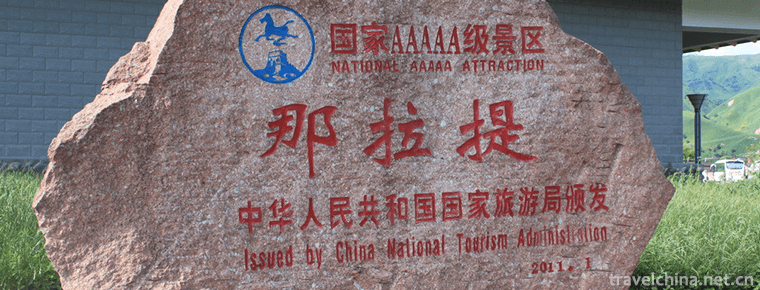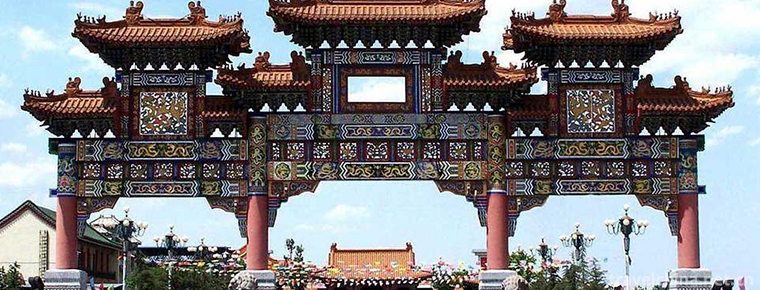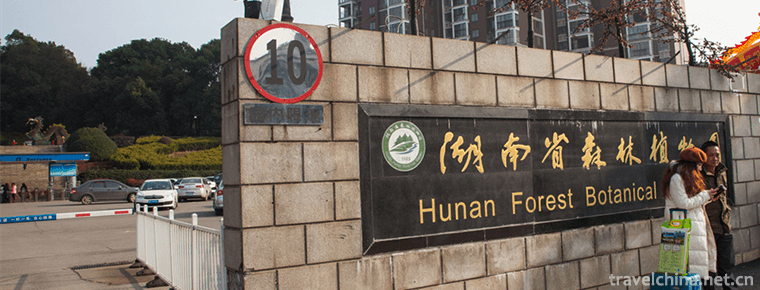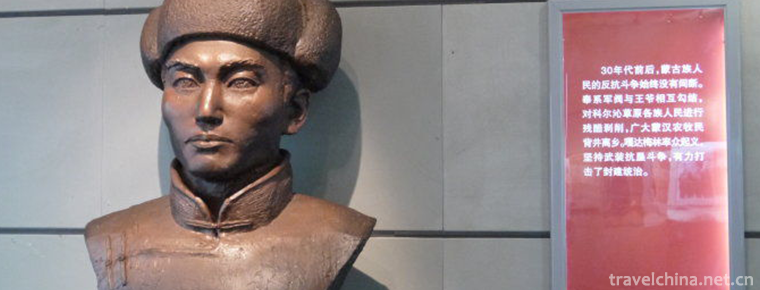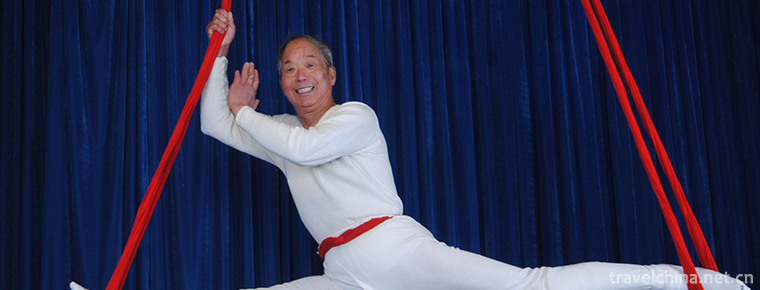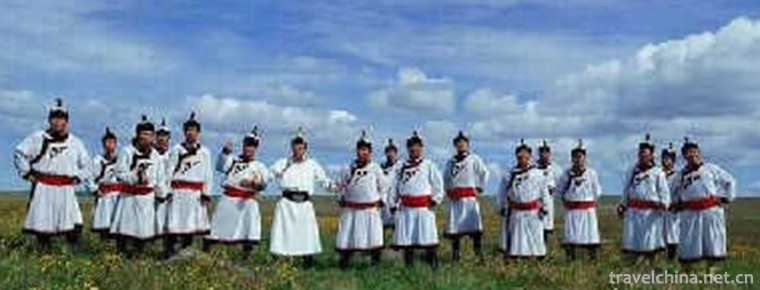China Ceramic Museum
The China Ceramic Museum is located in the Cultural Square in the center of Zibo City. On the basis of Zibo Exhibition Hall in April 2001, it was transformed by large-scale investment. It was designed by the Academy of Fine Arts of Tsinghua University. It is a comprehensive modern ceramics museum which integrates exhibition, exhibition, collection, research, sales and social education.
Introduction to Ceramic Museum
Ceramics is the symbol of Chinese civilization. China is the home of ceramics. With its unique charm, Chinese ceramics have spread far and wide and become a bright pearl in the treasure house of world culture and art. The China Ceramic Museum was established with the approval of the relevant state departments. It was carefully designed by Tsinghua University. It covers a total area of 10,000 square meters. It is divided into two parts: display and marketing. The exhibition includes preface hall, comprehensive hall, ancient hall, modern hall, folk hall, high-tech hall, international hall, ceramics hall and high-tech ceramics. It comprehensively displays ceramic relics of various historical periods and Masters'ceramic art works of various ceramics producing areas in China, totaling more than 10,000 pieces (sets). Among them: more than 500 ancient exhibits, focusing on the display of 8000 years, Zibo production, Zibo unearthed and Zibo collection of various ceramic cultural relics. More than 9500 pieces of modern exhibits, including more than 120 representative works of 48 contemporary Chinese arts and crafts masters and 35 Chinese ceramics masters, more than 500 works of art of 50 provincial masters and more than 500 works of art of famous ceramics countries and regions such as the United States, Britain, Canada, Australia, Finland, Japan, Korea, Taiwan, Hong Kong and so on. The business part is mainly composed of the Ceramic Business Department, Ceramic Gift Center and Leisure Ceramic Bar. In the leisure pottery bar, visitors can make pottery on site and enjoy the fun of pottery creation. Entering the Ministry of Ceramic Art Management, we can get a panoramic view of the fine ceramics in the ceramics producing areas all over the country.
Since its opening in September 2002, the China Ceramic Museum has won more and more attention from tourists both at home and abroad for its profound cultural connotation and unique artistic charm. It has received more than 2 million visitors, including Jiang Zemin, Huangju, Wu Guanzheng, Li Tieying, Jiang Chunyun and other party and state leaders, from colleges and universities, as well as primary and secondary school students. It has become the preferred cultural tourist attraction for Zi tourists. One of them is designated by the State Tourism Administration as a national AAAA-level tourist attraction and a national industrial tourism demonstration site.
The exhibition area of China Ceramic Museum is more than 4000 square meters. It shows more than 2500 sets of fine ceramics unearthed, produced and collected in Zibo since the post-Li culture of the Neolithic Age over 8000 years ago, of which 249 are ancient exhibits. The exhibition hall is divided into seven parts: preface area, comprehensive exhibition area, ancient and modern exhibition area, modern exhibition area, Ceramics Creation area, ceramics sales area and exhibition area of Chinese and foreign ceramics Masters'works. Modern exhibits are classified into architectural ceramics, garden art ceramics, sanitary ceramics, household ceramics, art ceramics, modern ceramics, engraved ceramics and high-tech ceramics according to their different uses and artistic styles, showing the highest artistic level and development achievements of Zibo ceramics. Ceramics is the symbol of Chinese culture.
Zibo is the birthplace of Qi culture and one of the five major ceramic producing areas in China. Ceramic production has a long history and plays an important role in China. According to historical records and archaeological excavations, the production of ceramics began in Zibo area as early as the "post-Li culture" period 8,000 years ago. At the beginning of the Western Zhou Dynasty, Qi set up a special "Taozheng" official to manage the production of pottery, and set up a Pottery Workshop in the city of Qidu to specialize in the production of pottery. Around the Wei, Jin, Southern and Northern Dynasties, the production of ceramics in Zibo completed the transition from ceramics to ceramics. During the Tang and Song Dynasties, ceramic production techniques became more and more sophisticated and its scale was expanding.
Visiting the China Ceramics Museum, you will have a deep understanding of the splendid culture of Zibo ceramics for more than 8000 years and the latest development achievements of Zibo ceramics. The understanding of the long history and civilization of the Chinese nation will also be sublimated qualitatively. With the expansion of kiln sites, Zibo has gradually formed its own characteristics and produced a number of influential ceramics, such as celadon, black glaze of Cicun kiln, twisted tires of Boshan kiln and colored porcelain. During the Ming and Qing Dynasties, Zibo ceramics products were of heavy shape, unique decoration and prosperous production and marketing, forming a ceramics production and marketing center represented by Boshan. After the founding of New China, Zibo ceramics, on the basis of inheriting and developing traditional techniques, based on local resources and exploiting and innovating, have developed new kinds of ceramics such as talc, feldspar, quartz and bone. The art of engraving ceramics is unique and has formed a new feature of Zibo ceramics. Daily-used ceramics, art ceramics, industrial ceramics and architectural ceramics have developed in phase. It has been exported to more than 70 countries and regions in the world and has made due contributions to the development of ceramic production technology and ceramic art in China.
The China Ceramic Museum is located in the Cultural Square in the center of Zibo City. It is a comprehensive modern ceramics museum integrating display, exhibition, collection, research, sales and social education.

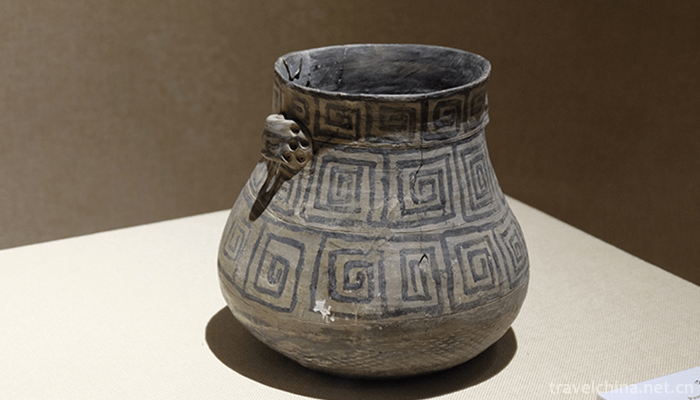
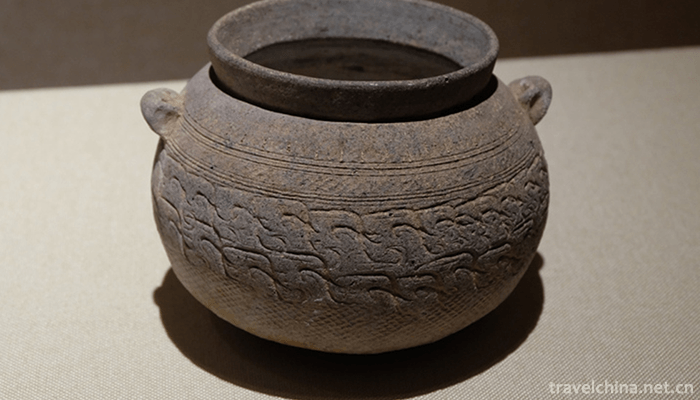
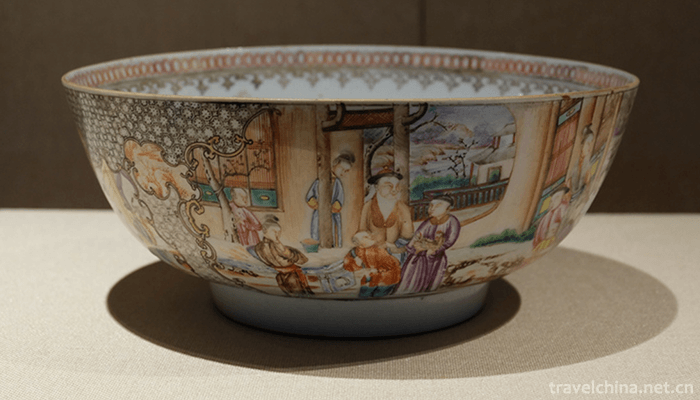
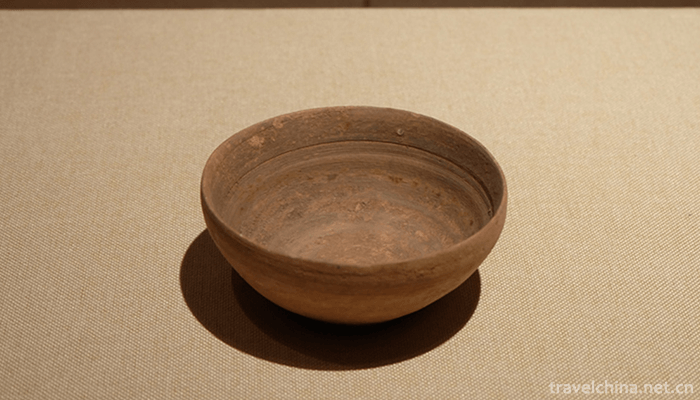

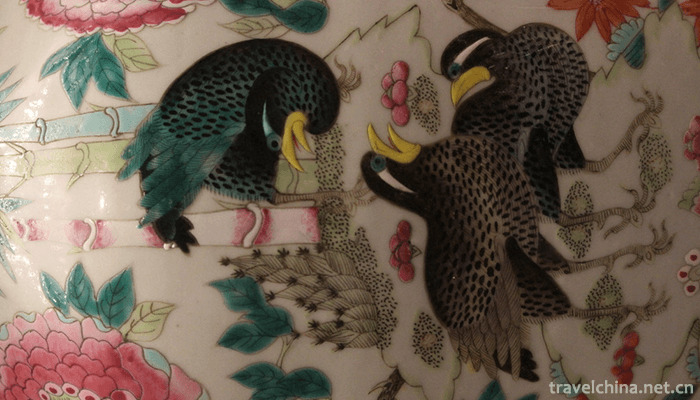
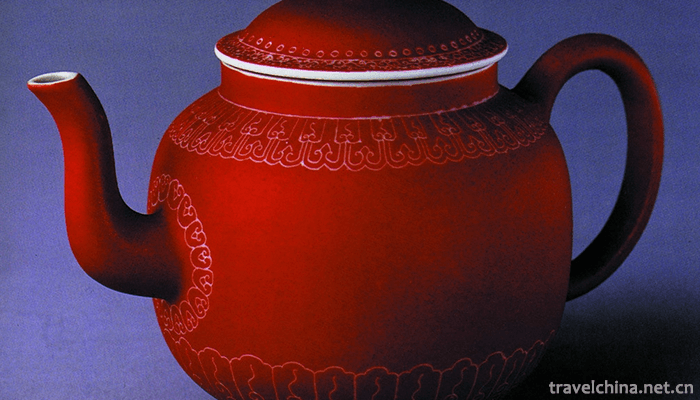
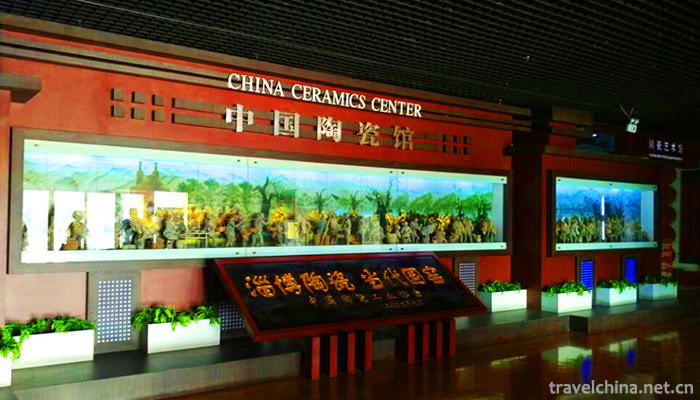
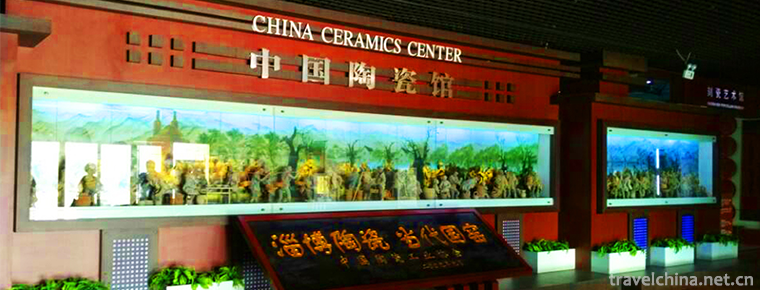
China Ceramic Museum
-
sauteed tofu in hot and spicy sauce
sauteed tofu in hot and spicy sauce is one of the traditional dishes in Sichuan
Views: 238 Time 2018-10-12 -
Narati Scenic Spot
Narati Tourist Scenic Area, located in Xinyuan County, Xinjiang, is located in the hinterland of Tianshan Mountains, the eastern end of the Ili Valley
Views: 161 Time 2018-12-12 -
Dongshan Cultural Garden
At the East Gate of Wu'an City, there is a beautiful landscape of lakes and mountains, with beautiful gardens scattered in pavilions and pavilions - Dongshan Cultural Park.
Views: 136 Time 2018-12-19 -
China Aviation Museum
China Aviation Museum is the first large-scale open aviation museum in China. It is located at the foot of Datangshan, Changping District, Beijing. After many years of closure
Views: 186 Time 2018-12-22 -
Hunan Forest Botanical Garden
Hunan Forest Botanical Garden, also known as Tianjiling National Forest Park and Changsha Botanical Garden, was established in 1985 with the approval of Hunan Provincial People's Government and is und
Views: 103 Time 2019-01-16 -
Mount Tais Flower Age
Taishan Flower Age Scenic Area in Tai'an City, Shandong Province, is a large-scale agricultural tourism cultural project with five functions of entertainment, sightseeing, picking, catering
Views: 305 Time 2019-02-13 -
GA Da Meilin
Gadamelin (1892 - April 5, 1931), Mongolian, surname Molettu (translated into Chinese as Meng), Nadamud, Han name Meng Qingshan, also known as Yexi, Mongolian legendary hero. Born in Zhelimu League
Views: 98 Time 2019-04-30 -
Adjustment and suspension
Lifting is a unique folk sports event in Shaoxing City, Zhejiang Province. Appeared in the middle and late Qing Dynasty, the tuning and hanging actors were named "tuning and hanging" because
Views: 108 Time 2019-06-21 -
Congratulations
Congratulations, also eulogies, Mongolian folk literature form, China's national intangible cultural heritage. Praise is a traditional folk literature form of Mongolian nomadic people in northern Chin
Views: 228 Time 2019-08-10 -
China Foreign Affairs University
China Foreign Affairs University is a small scale, high level and distinctive foreign ministry's sole institution directly under the guidance of serving the cause of China's diplomacy and cultivating
Views: 185 Time 2019-11-29 -
Plant resources in Meishan
There are 2278 species of wild plants belonging to 861 genera and 229 families in Meishan City, including 149 species of bryophytes belonging to 71 genera and 48 families, 155 species of ferns belonging to 73 genera and 36 families, 20 species of gymnosperms
Views: 380 Time 2020-12-18 -
Guangan Education
As of 2019, there are 1198 schools at all levels in Guang'an City, including 696 kindergartens (including 119 public kindergartens), 194 primary schools, 235 junior high schools, 6 special schools, 1 work study school, 42 ordinary senior high schools (includi
Views: 389 Time 2020-12-19
